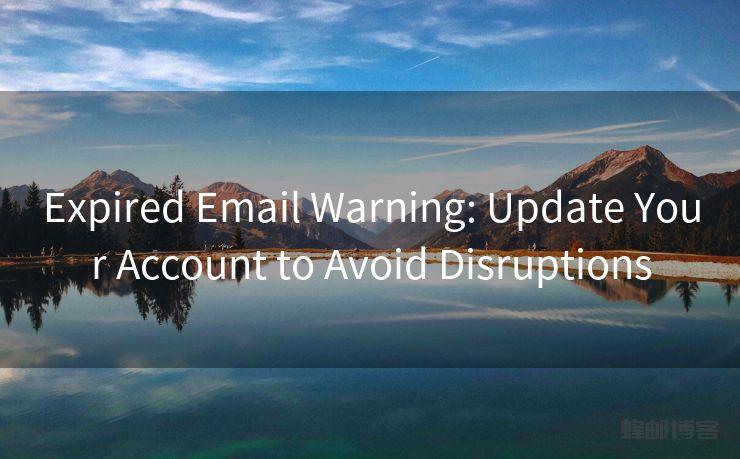16 Best Practices for Receiving Code via Email
Hello everyone, I’m Kent, the website admin. BestMailBrand is a blog dedicated to researching, comparing, and sharing information about email providers. Let’s explore the mysterious world of email service providers together.




In the modern era of digital communication, receiving code via email has become a common occurrence, especially in the development and tech industry. However, handling code sent through email requires caution and specific practices to ensure security, accuracy, and efficiency. Here are the 16 best practices for receiving code via email:
1. Verify the Sender
Always confirm the email address of the sender before downloading or opening any code. Unexpected emails with attachments or links should be treated with suspicion.
2. Use a Secure Email Service
Opt for an email service that offers end-to-end encryption to protect the confidentiality and integrity of the emails you receive, including any code attachments.
3. Scan for Malware
Before opening any code files, run a malware scan to detect and prevent potential threats. This is crucial, as malicious code can be used to exploit vulnerabilities in your system.
4. Avoid Executing Unknown Code
If you're not familiar with the code or the sender, it's safer to avoid executing it altogether. Request more information or clarification from the sender if needed.
5. Check File Extensions
Examine the file extensions of the attached code. Unexpected or unusual extensions could be indicative of a potential threat.
6. Use a Sandboxed Environment
When possible, open and test the code in a sandboxed environment first. This isolates the code and minimizes the risk of system-wide damage if the code is malicious.
7. Maintain Backups
Regularly backup your system and data. In case the received code causes any issues, you can quickly restore your system to a previous state.
8. Validate Code Integrity
Verify the integrity of the code through checksums or hashes provided by the sender, ensuring that it hasn't been tampered with during transit.
9. Update Your Software Regularly
Keep your email client, antivirus software, and operating system up to date to protect against known vulnerabilities.
10. Be Wary of Unsolicited Code
Treat unsolicited code with caution, even if it appears to be from a trusted source. Always confirm with the sender before proceeding.
11. Document the Process
Keep a record of all code received via email, along with details like the sender, date, and purpose. This aids in tracking and auditing.
12. Use Version Control
If you're working with code regularly, consider using version control systems like Git. This allows you to track changes and revert to previous versions if necessary.
13. Test in a Development Environment
Before deploying any received code to a production environment, test it thoroughly in a development or staging environment.
14. Educate Yourself on Coding Best Practices
Familiarize yourself with coding best practices to better understand and evaluate the quality and safety of the received code.

15. Seek Expert Advice
If you're unsure about the safety or functionality of the code, consult with a colleague or expert in the field.
16. Establish Clear Communication Channels
Maintain clear and open lines of communication with the code sender. This ensures that any questions or concerns can be quickly addressed.
By following these 16 best practices for receiving code via email, you can significantly reduce the risks associated with handling code sent through this medium. Remember, security should always be a top priority when dealing with any form of digital communication.
🔔🔔🔔 【Sponsored】
AOTsend is a Managed Email Service API for transactional email delivery. 99% Delivery, 98% Inbox Rate.
Start for Free. Get Your Free Quotas. Pay As You Go. $0.28 per 1000 Emails.
You might be interested in:
Why did we start the AOTsend project, Brand Story?
What is a Managed Email API, How it Works?
Best 24+ Email Marketing Service (Price, Pros&Cons Comparison)
Best 25+ Email Marketing Platforms (Authority,Keywords&Traffic Comparison)




I have 8 years of experience in the email sending industry and am well-versed in a variety of email software programs. Thank you for reading my website. Please feel free to contact me for any business inquiries.
Scan the QR code to access on your mobile device.
Copyright notice: This article is published by AotSend. Reproduction requires attribution.
Article Link:https://www.bestmailbrand.com/post3135.html











